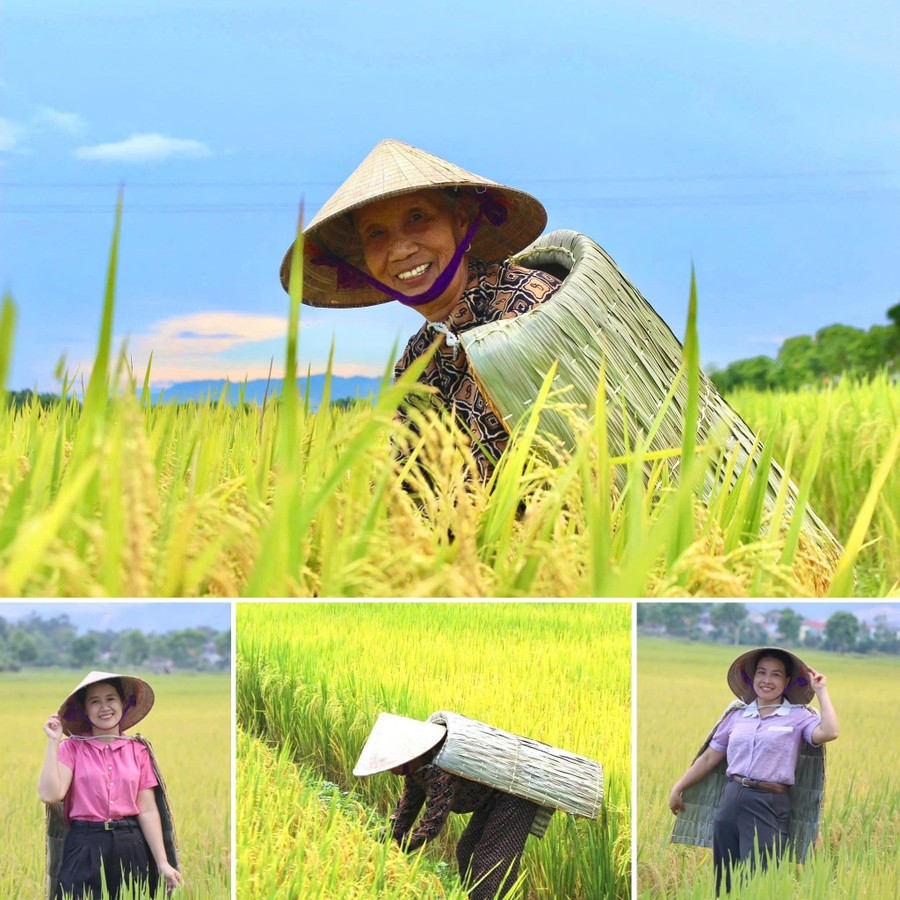
However, in a village in Ha Tinh, the raincoat weaving profession still quietly exists as a part of the memory associated with the land and people of the sunny and windy region.
Old profession not old
Since ancient times, the raincoat has been a close friend of Ha Tinh farmers. Made from purely natural materials such as palm leaves, rattan, young giang..., the raincoat not only protects from the sun and rain, but also carries a unique cultural mark, deeply attached to the land and village life.
In Yen Lac village (Xuan Loc commune), the raincoat weaving craft has existed for hundreds of years, passed down through many generations. Although society has changed and many traditional crafts have gradually disappeared, here, the sound of skillful hands weaving layers of leaves still resounds regularly every day.
There was a time when Yen Lac was famous throughout the region because the whole village made a living by making raincoats. In the 60s and 70s of the last century, along the village roads, piles of palm leaves and bundles of rattan could be seen everywhere, with the voices of old and young people chatting with their unfinished raincoats. Yen Lac raincoats were carried on the shoulder poles of the villagers from the rural markets to the district and provincial markets. Traders also flocked to the village to buy them.
“Back then, making raincoats was the main occupation that fed the whole village. Every morning, we brought a few raincoats to Loi market (Xuan Loc), Gat market (Viet Xuyen), Huyen market (Dong Loc)… to sell for money or exchange for rice, dried fish, and fish sauce,” Ms. Nguyen Thi Canh (70 years old) recalled.
Simple, durable and cheap - the raincoat has been the “raincoat, suncoat” of farmers in the Central region for centuries. Each raincoat is the result of dozens of hours of meticulous manual labor: from selecting leaves, smoothing leaves, braiding strings to weaving leaves in layers. In a family, 4-5 people work together, contributing their labor and passing on the craft. Growing up, children also know how to smooth leaves and weave strings even before they can read.
There are two types of raincoats: raincoats and suncoats. Raincoats are made from thick palm leaves, with high elasticity to protect against heavy rain and strong winds. Suncoats are made from dry palm leaves, light, airy, very suitable for the harsh weather in the Central region in the summer. Nowadays, although modern raincoats and suncoats are popular, many people still prefer to use raincoats because of their durability, natural coolness and affordable price.


Meticulous in every step
Mr. Nguyen Dang Thuong (85 years old), an “old artisan” of the village, said that the main season for making raincoats is from February to July of the lunar calendar - when the old palm leaves reach the right toughness. “The type of palm leaves used to make raincoats must be found deep in the forest… People call them “tea leaves” to distinguish them from the type of palm leaves grown around the house. The leaves must be dried and then smoothed out. The rattan and giang vines must also be carved, split, dried thoroughly, and then braided into trieng - the string that keeps the raincoat from coming loose in strong winds and heavy rains,” Mr. Thuong shared.
Making a raincoat is a process that requires patience. From choosing the right leaves - not too young and not too old - to drying them in the right sunlight to keep them flexible and not brittle. The dried leaves are bundled, smoothed and then used to weave the fabric. In each family, there is usually one person who is in charge of the main weaving process, while the others help smooth the leaves and braid the strings.
A raincoat requires about 180-200 leaves, arranged in alternating layers and tightly hand-sewn with rattan or bamboo strings. The weaver must sit in the right position, smooth the leaves evenly, then meticulously use an awl to make holes, thread the strings, and pull out each stitch evenly like embroidering a picture. “To prevent the raincoat from tearing or unraveling, the weaver must master the weaving technique - from the direction of the leaves, the overlap to the tightness of the strings. If one stitch is wrong, the weaver must start over,” said Mr. Thuong.
Ms. Dang Thi Hien (70 years old, Yen Lac village), one of the people who has been involved in the craft of making tamarind since her youth, shared: “A tamarind costs only about 70 thousand VND but can be worn for three summer seasons. During this hot season, I still wear a tamarind to work in the fields, it is much less hot,” she said while quickly smoothing each leaf. When she was young, she could make 5-6 tamarinds a day. Now that she is old, she still tries to make 3-4 tamarinds to keep the craft and earn more income.
In the small houses of Yen Lac, weaving is not only a livelihood, but also a part of family memories. Mrs. Dang Thi Chat - a retired teacher - recalls: "When I first became a daughter-in-law in Yen Lac, after coming home from school, I would sit and help my mother-in-law weave. At first, I only whittled leaves, but then I gradually learned to weave completely. Thanks to this job, my family had more income and could send my children to school."
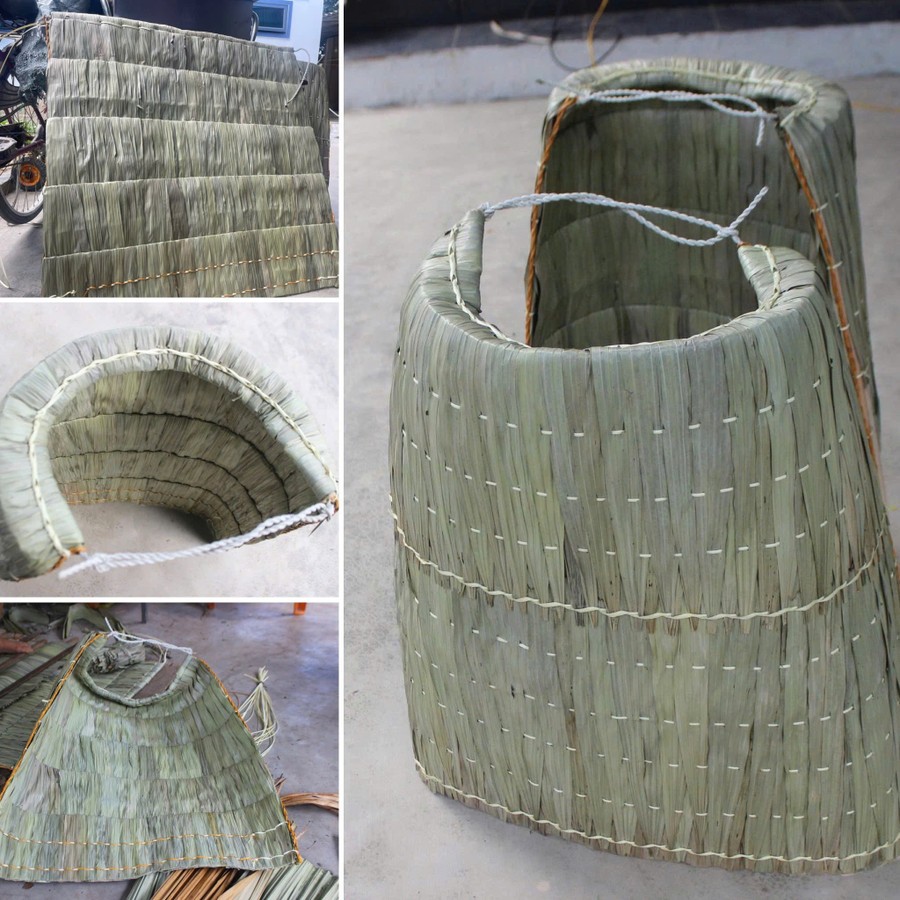
From small roof to big market
Yen Lac village currently has 188 households, of which about 2/3 households still maintain the craft of weaving. However, the number of households regularly doing the craft is only about 15 - 20 households. Names like Mr. Nguyen Dang Dong - Mrs. Nguyen Thi An or Mrs. Nguyen Thi Bang are still the solid foundation of the craft village.
In 2022, the Yen Lac Raincoat Cooperative was established with 25 members. Ms. Tran Thi Le Thu - Chairwoman of the cooperative - shared: "We want to gather people who are still passionate, together improve product quality, find stable output and promote Yen Lac raincoats to customers further and wider."
The establishment of the cooperative has brought about clear results. During the peak season, households specializing in making rice husks can earn an income of 16-17 million VND/month - a considerable amount for an agricultural area. More importantly, this helps people feel secure in their commitment to the profession, and their descendants see the cultural and economic value that the traditional profession brings.
Thanks to the active activities of the cooperative, Yen Lac raincoats have gone beyond the boundaries of the village. Many tourist groups and travel companies have come to order in large quantities as gifts or to serve cultural experiences. The image of the raincoat - rustic, friendly, and familiar - has become a cultural symbol of the Central region, making tourists excited and appreciative.
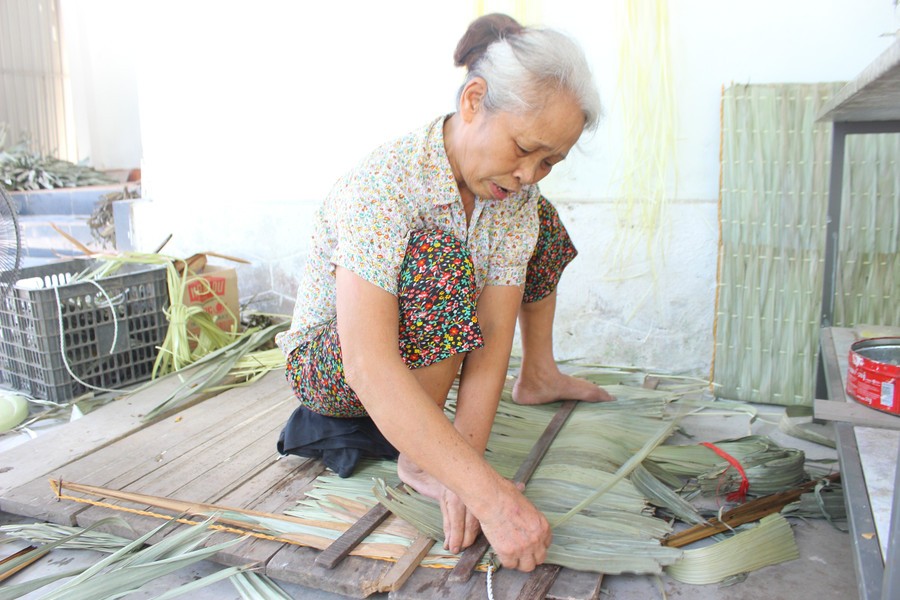
Although the pace of the craft is now quieter than before, large orders are still a bright spot in the weaving season. For example, last April, the family of Ms. Dang Thi Hien - a veteran craftsman with more than half a century of experience in the craft - received an order for nearly 200 raincoats to be sent to Thai Binh (a locality before the administrative merger). Such orders are no longer common, but they are a valuable motivation, proving that Yen Lac raincoats still have a position, not only in the region but also spreading to neighboring provinces.
Nowadays, the market is flooded with sun protection shirts of all styles and materials - from parachute fabric, UV protection to fan-shaped shirts, cooled by rechargeable batteries... However, the simple raincoat made from palm leaves still quietly holds its own position. For the people of Yen Lac, the raincoat is not only an item to protect from the rain and sun, but also the breath of the craft village, the thread connecting generations to the homeland.
We want not only to preserve the craft, but also to develop it. The cooperative was established to connect households, together improve product quality, find stable output and promote Yen Lac raincoats to customers further. In the coming time, we also hope to have more support - not only in terms of capital but also in connecting to the market - so that the craft village does not disappear. Ms. Tran Thi Le Thu, Chairwoman of Yen Lac Raincoat Cooperative
Source: https://baolaocai.vn/ao-toi-yen-lac-giu-hon-lang-trong-tung-mui-cham-post879757.html


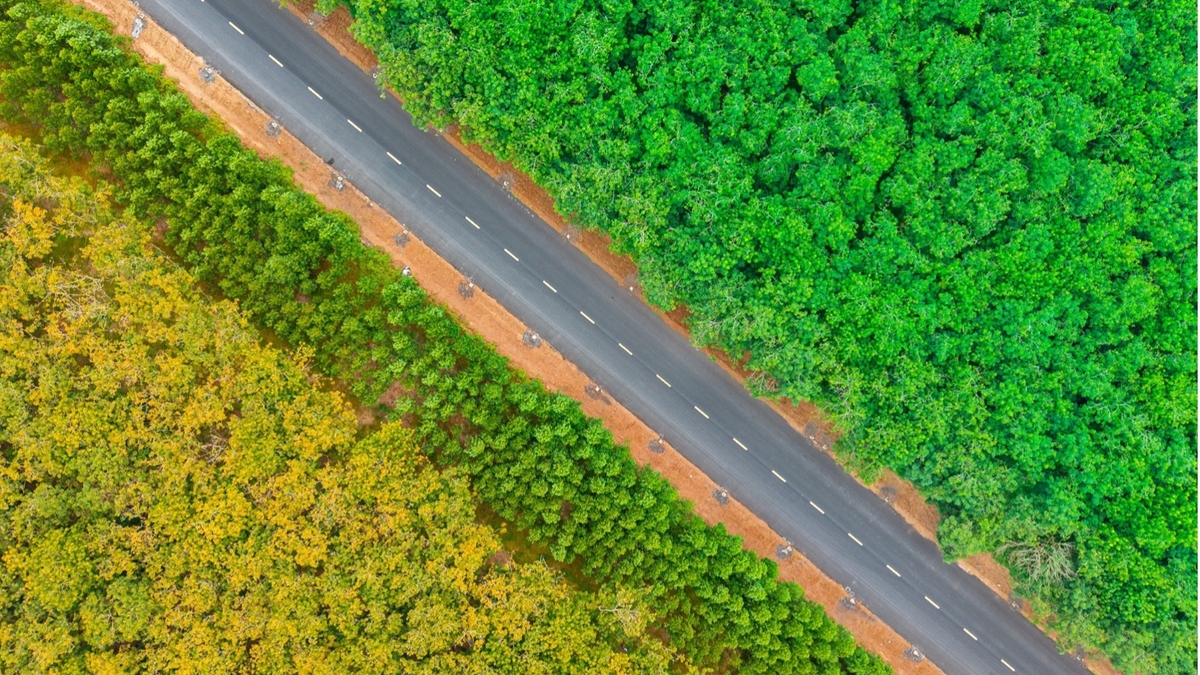
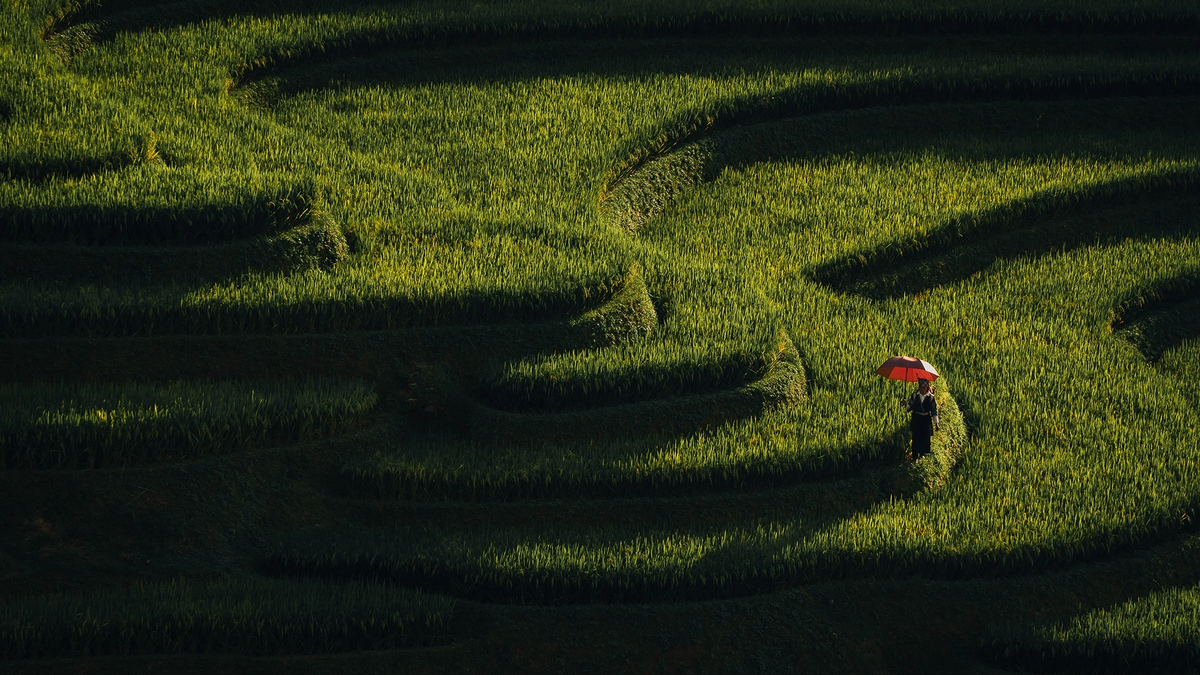
![[Photo] Prime Minister Pham Minh Chinh chairs meeting to deploy overcoming consequences of storm No. 10](https://vphoto.vietnam.vn/thumb/1200x675/vietnam/resource/IMAGE/2025/10/3/544f420dcc844463898fcbef46247d16)


![[Photo] Students of Binh Minh Primary School enjoy the full moon festival, receiving the joys of childhood](https://vphoto.vietnam.vn/thumb/1200x675/vietnam/resource/IMAGE/2025/10/3/8cf8abef22fe4471be400a818912cb85)
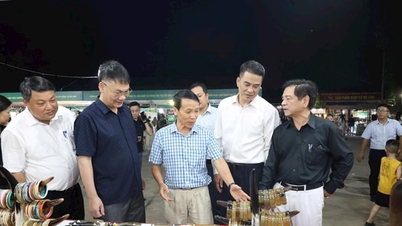

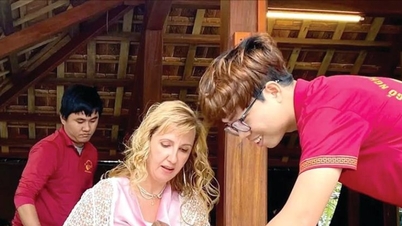



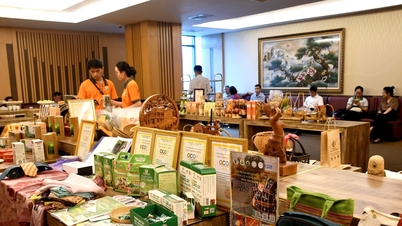


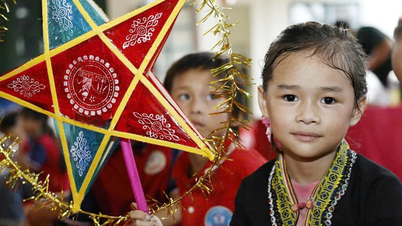
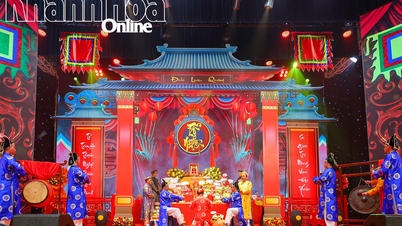

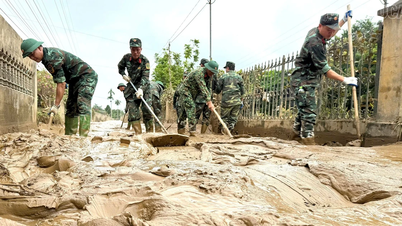
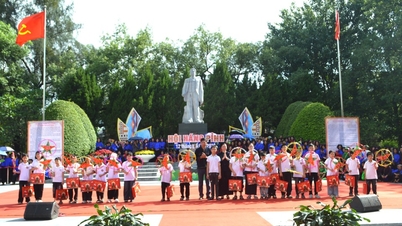

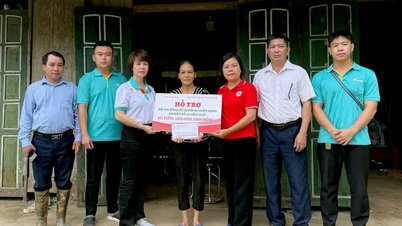



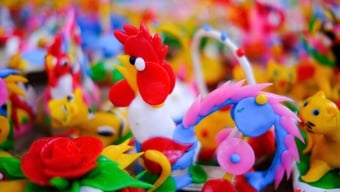
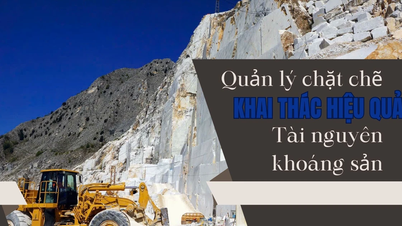
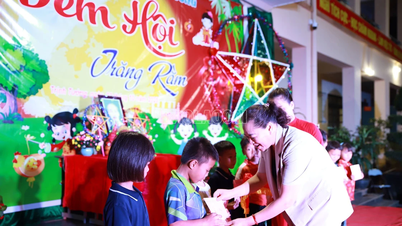
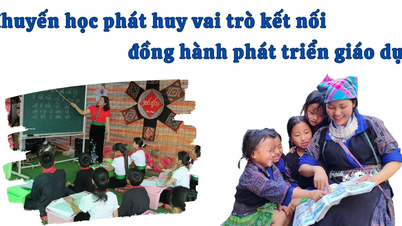
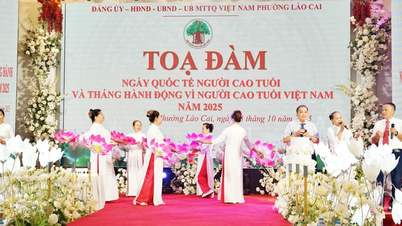
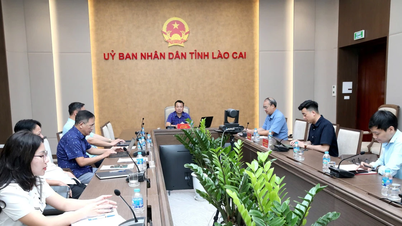
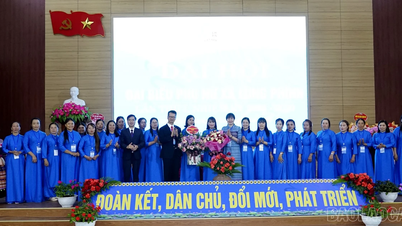

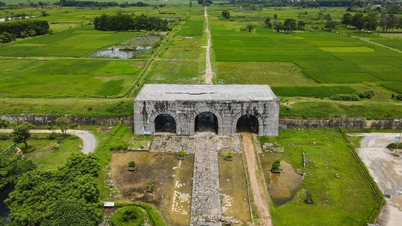

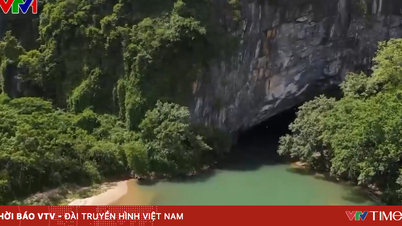



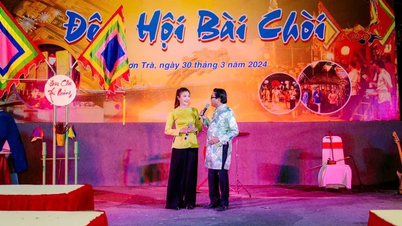

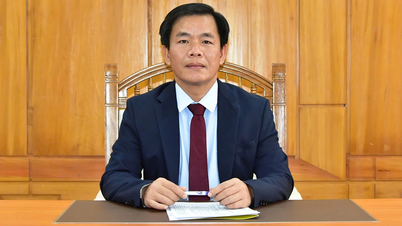

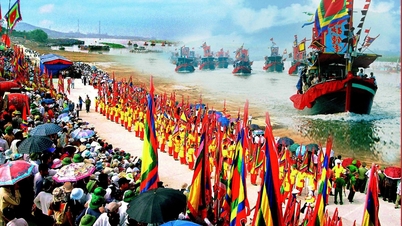



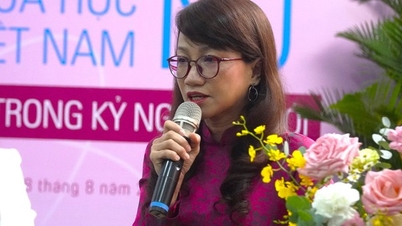



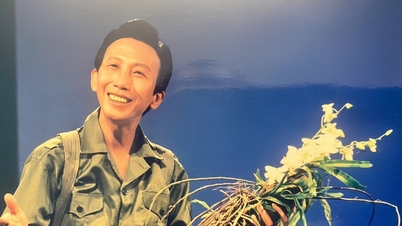

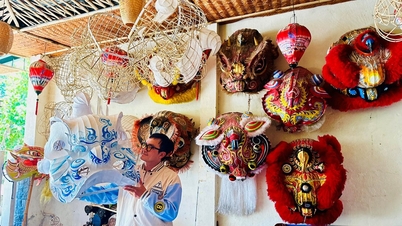

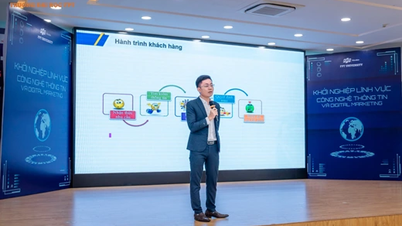
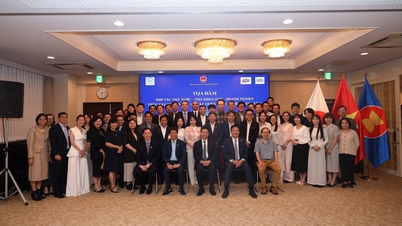

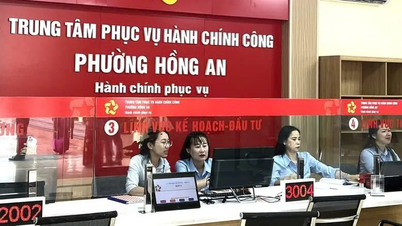

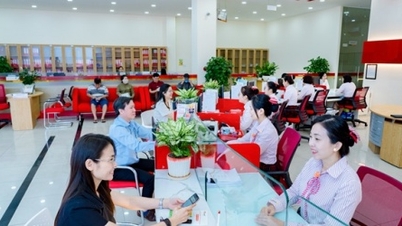

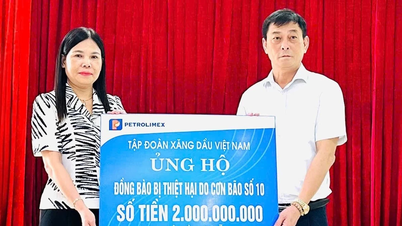

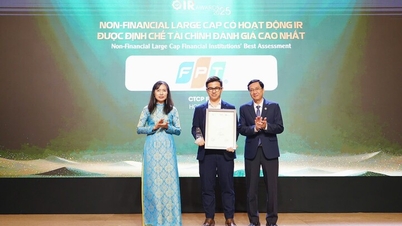








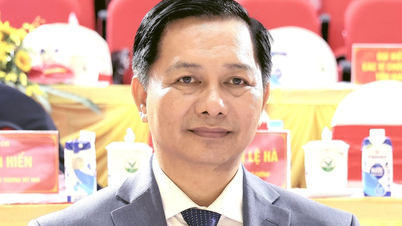
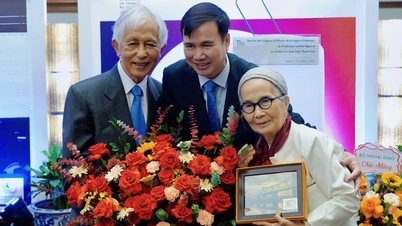



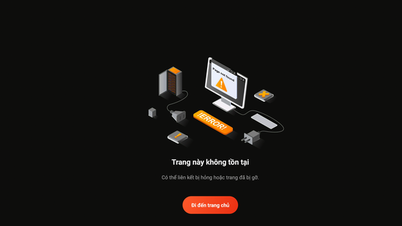




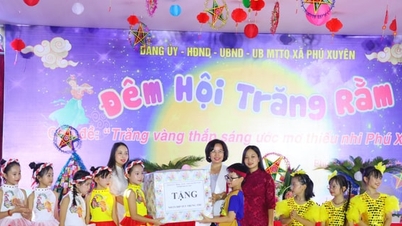
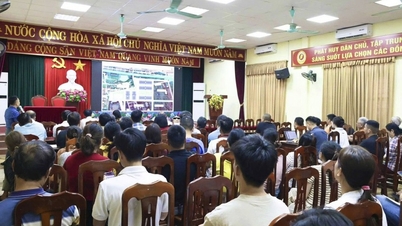

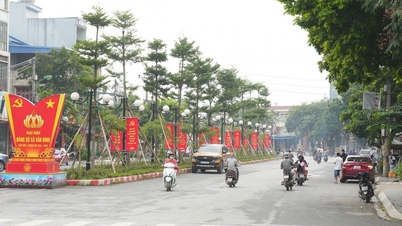
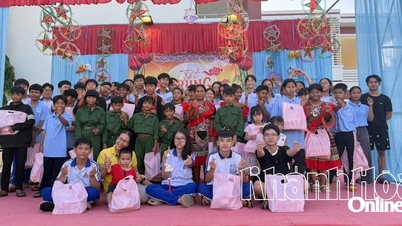
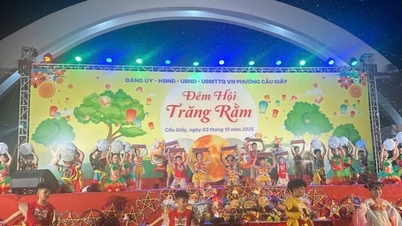
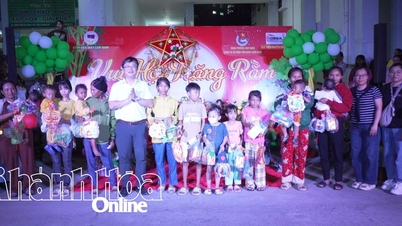












Comment (0)